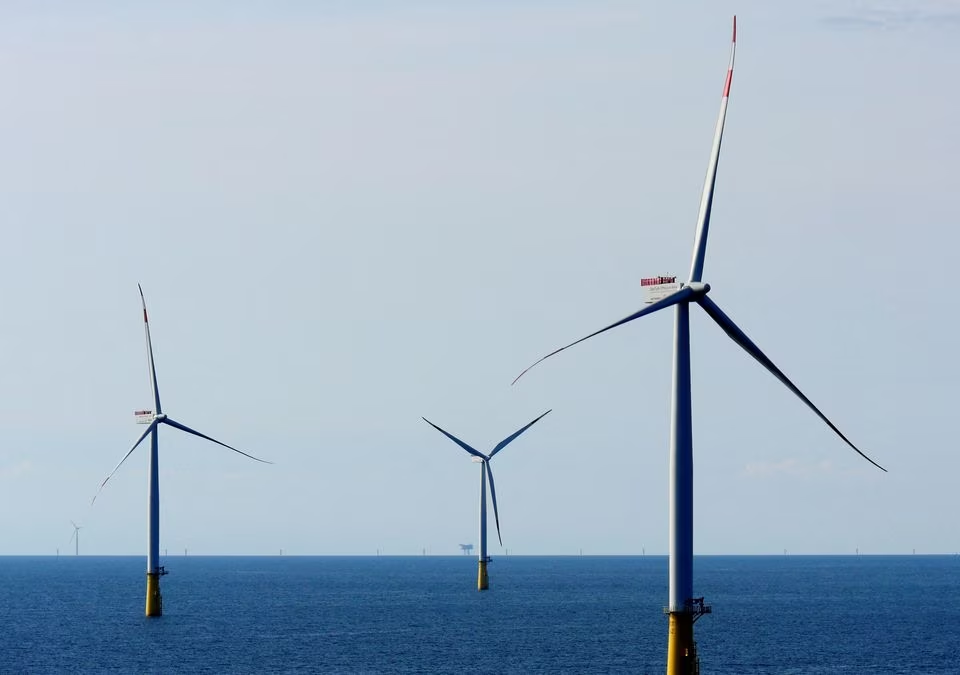The US legislation has spurred a ‘green subsidy race’, but developing countries need more support, write Michael Ball, Georgia Gratton and Jacqueline Echevarria
The US Inflation Reduction Act (IRA) could lead to a massive build-out of clean energy resources for the country and is pushing others to take similar steps. But not all regions of the world are being lifted by the new wave of investment yet, which could be a major issue at this year’s Cop 28 climate negotiations in Dubai.
The US’ biggest step to address climate change to date includes $369bn for climate and clean energy policies, including the extension and expansion of tax incentives for renewable energy, carbon capture, biofuels, hydrogen and electric vehicles (EVs). US officials say the IRA has in its first year triggered the announcement of 200 projects totalling $110bn of investment in clean energy technologies. The Department of Energy estimates that the US will cut greenhouse gas emissions by up to 41pc from 2005 levels by 2030 thanks to the IRA and a $1 trillion infrastructure law passed in 2021 — compared with 27pc without the legislation.
The IRA has spurred other regions to increase public spending to avoid falling behind in what some have referred to as a “green subsidy race”. It is a challenge to match the US’ financial firepower, but the EU in February presented its Green Deal Industrial Plan. It aims to redirect as much as €250bn ($269bn) to speed up the bloc’s energy transition.
The UK government wants to mobilise private investment to fund much of the country’s energy transition. But developers have called for more policy certainty, and the renewable energy industry has warned that its growth is at risk. The UK’s energy bill contains new policy frameworks, but is yet to pass.
Canada has taken notice of the IRA, proposing in March a budget that includes C$80bn in incentives similar to the US ones, including a new tax credit for hydrogen. Ottawa also expects to benefit from the IRA, as some of its incentives, such as those for EVs made in North America, could flow across the border.
Catching the wave
The mining sector in Latin America is confident it can attract investment, given that the region’s critical minerals resources are key for the energy transition. The IRA states that by 2027, about 80pc of the market value of critical minerals used to produce EV batteries must be extracted or processed in the US or in one of the 20 countries with which it has a free trade deal. Chile, Peru and Mexico are among the 11 Latin American countries that have such an agreement.
Chile holds about 60pc of known lithium resources and with Peru it has about 30pc of the world’s copper resources. In June, Chile launched its national lithium strategy aimed at increasing production and expanding the industry. Mexico also stands to benefit from the IRA’s EV incentives, and a handful of companies including Tesla and Ford have moved manufacturing activities to the country, away from China.
But many developing nations fear that they will be left out of the clean energy boom — something Cop 28 needs to address. Cop 28 president-designate Sultan al-Jaber calls the current pace of investment in Africa’s clean energy sector “neither just nor equitable”. Investments in the continent’s energy sector have to more than double to over $200bn/yr by 2030, the IEA says.
Kenyan president William Ruto, presenting the African leaders’ Nairobi declaration, says the continent, with its abundant clean energy minerals and renewable energy resources, has potential to decarbonise the global economy. But Africa demands a “fair playing ground” to access the investment needed. Ruto warned that African leaders “are determined to have difficult conversations, take hard decisions and make uncomfortable changes to set international consensus on an Afro-centric and globally inclusive path”.

